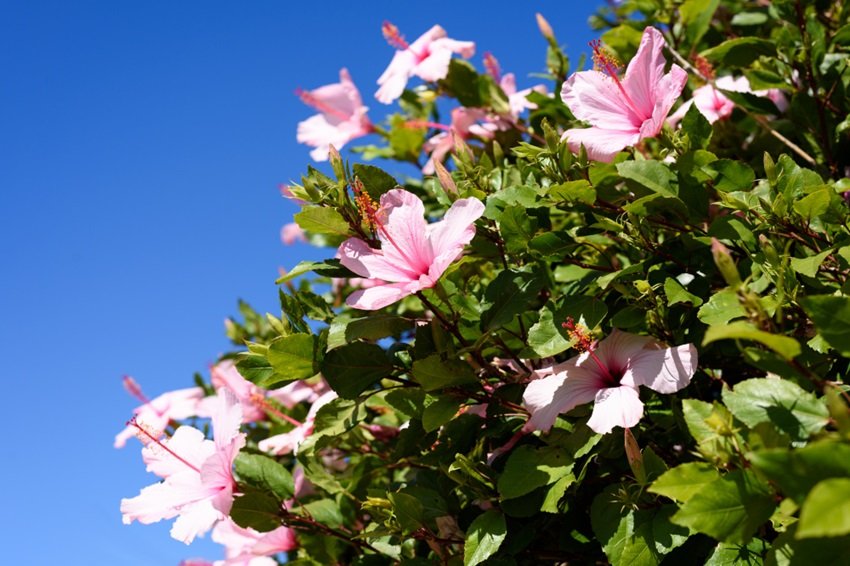Magnolia trees, with their enchanting blooms and graceful forms, have long captivated the hearts of gardeners and nature enthusiasts. Known for their diverse species, these trees can adapt to various climates and landscapes, making them a popular choice for gardens worldwide. In this guide, we’ll explore some of the most beloved magnolia tree varieties, each offering unique characteristics and beauty.
Key Takeaways: Magnolias thrive in Australia’s varied climates, from the frost-hardy Star Magnolia to the tropical Southern Magnolia. Whether you need a compact shrub for urban gardens or a towering tree for privacy screening, there’s a magnolia variety to suit every need.
Here’s a chart in tabular format detailing the characteristics of each Magnolia species:
| Characteristic | Southern Magnolia (Magnolia grandiflora) | Star Magnolia (Magnolia stellata) | Saucer Magnolia (Magnolia x soulangeana) | Sweetbay Magnolia (Magnolia virginiana) | Cucumber Tree (Magnolia acuminata) | Lily Magnolia (Magnolia liliiflora) | Bigleaf Magnolia (Magnolia macrophylla) | Jane Magnolia (Magnolia ‘Jane’) |
|---|---|---|---|---|---|---|---|---|
| Height | 60-80 ft | 15-20 ft | 20-30 ft | 10-35 ft | 50-80 ft | 8-12 ft | 30-40 ft | 10-15 ft |
| Spread | 30-50 ft | 10-15 ft | 20-30 ft | 10-20 ft | 30-60 ft | 8-12 ft | 20-25 ft | 8-12 ft |
| Hardiness Zones | 6-10 | 4-8 | 4-9 | 5-9 | 3-8 | 5-9 | 5-8 | 4-8 |
| Flower Color | White | White | Pink, white, purple | Creamy white | Yellow-green | Purplish-red | Creamy white | Pinkish-purple |
| Bloom Time | Late spring to summer | Early spring | Early to mid-spring | Late spring to summer | Late spring to early summer | Mid to late spring | Late spring to early summer | Late spring to early summer |
| Leaf Characteristics | Evergreen, glossy, leathery | Deciduous, dark green | Deciduous, large, green | Semi-evergreen, leathery, aromatic | Deciduous, ovate, large | Deciduous, oblong, green | Deciduous, very large (up to 30 inches long) | Deciduous, dark green |
| Growth Rate | Moderate | Slow | Moderate | Moderate | Moderate | Moderate | Moderate | Moderate |
| Soil Preference | Well-drained, acidic | Moist, well-drained, slightly acidic | Moist, well-drained, slightly acidic | Moist, well-drained, acidic | Moist, well-drained, slightly acidic | Moist, well-drained, slightly acidic | Moist, well-drained, slightly acidic | Moist, well-drained, slightly acidic |
| Light Requirements | Full sun to partial shade | Full sun to partial shade | Full sun to partial shade | Full sun to partial shade | Full sun to partial shade | Full sun to partial shade | Full sun to partial shade | Full sun to partial shade |
| Special Features | Fragrant flowers, large leaves | Fragrant flowers, early bloomer | Showy flowers | Fragrant flowers, wet soil tolerant | Unusual fruit, shade tolerant | Showy flowers, compact form | Large leaves, showy flowers | Showy flowers, compact form |
Pro Tip: Use this chart to compare magnolia tree sizes and growth habits. For small gardens, consider compact varieties like the Jane Magnolia or Star Magnolia. Larger landscapes can accommodate the impressive Southern Magnolia or Bigleaf Magnolia.
Southern Magnolia (Magnolia grandiflora)
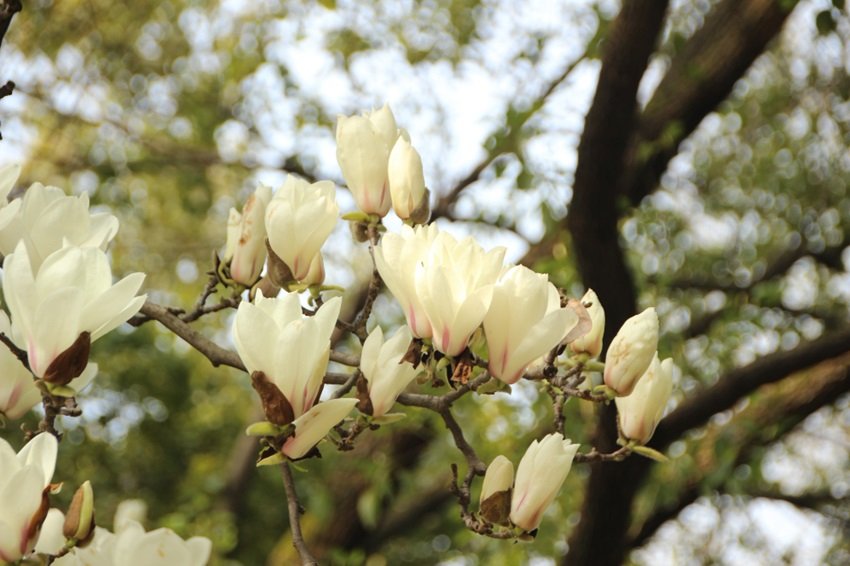
The Southern Magnolia, also known as the Bull Bay, is one of the most iconic magnolia species. Native to the southeastern United States, this tree is admired for its large, glossy evergreen leaves and spectacular white flowers that can reach up to 12 inches in diameter. The fragrant blooms appear in late spring and early summer, creating a stunning display. Southern Magnolias can grow up to 80 feet tall, making them ideal for large landscapes and as stately shade trees.
Australian Adaptation: Thrives in warmer regions like Queensland and northern NSW. Perfect for creating privacy screens or as a standout feature tree in subtropical gardens.
Star Magnolia (Magnolia stellata)
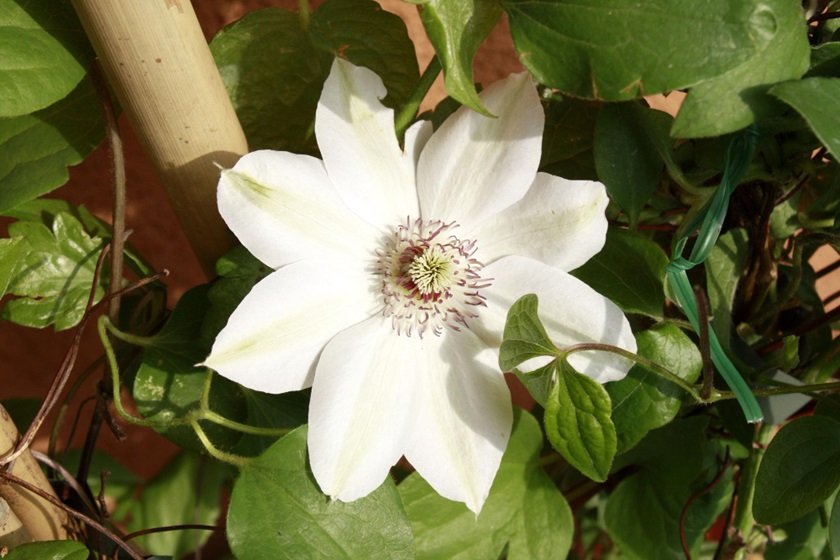
The Star Magnolia is a smaller variety, perfect for compact gardens and urban settings. This deciduous tree is native to Japan and is renowned for its early spring blooms. The flowers are star-shaped, with numerous narrow petals that range in color from pure white to pink. The Star Magnolia typically grows to about 15-20 feet tall and wide, creating a charming, rounded shape. Its early blooms often appear before the leaves, adding a dramatic touch to the spring garden.
Why Aussies Love It: One of the best magnolia varieties for cooler climates like Victoria and Tasmania. Its frost tolerance and compact size make it ideal for small urban gardens.
Saucer Magnolia (Magnolia x soulangeana)
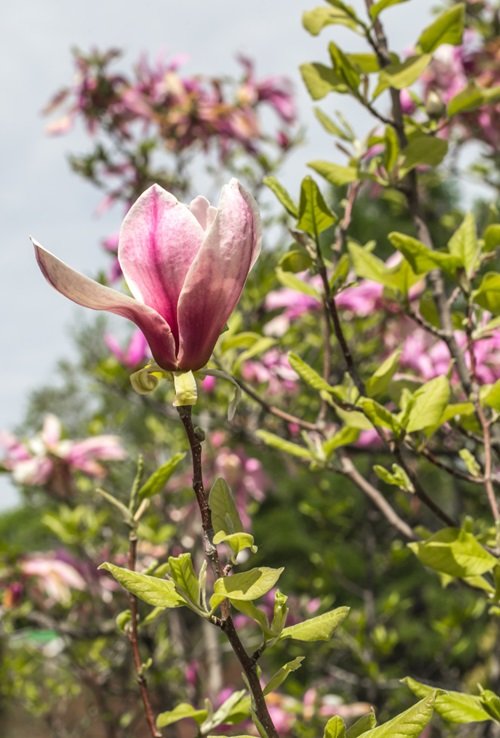
A hybrid of Magnolia denudata and Magnolia liliiflora, the Saucer Magnolia is celebrated for its large, saucer-like flowers that come in various shades of pink, purple, and white. This deciduous tree blooms in early spring, providing a spectacular floral display. Saucer Magnolias can grow to be 20-30 feet tall and wide, making them suitable for medium to large gardens. Their broad, spreading canopy and striking flowers make them a focal point in any landscape.
Design Tip: Plant as a centerpiece in cottage gardens or pair with spring bulbs for a breathtaking seasonal display. Performs well in most Australian temperate zones.
Sweetbay Magnolia (Magnolia virginiana)
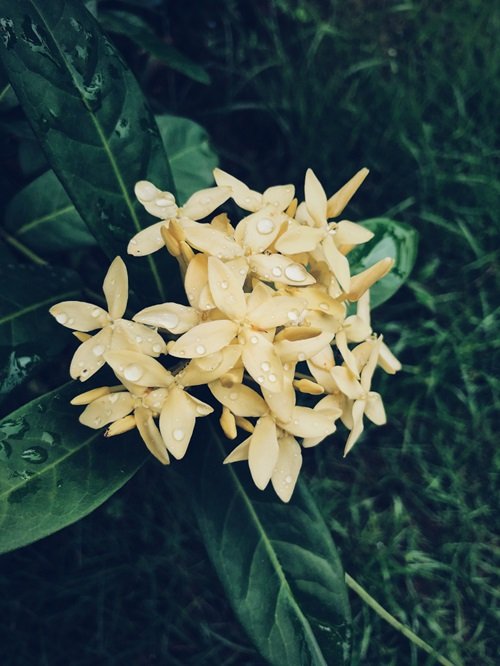
The Sweetbay Magnolia is a versatile tree that thrives in wet, swampy areas but can also adapt to drier conditions. Native to the southeastern United States, this species is known for its creamy white flowers with a delightful lemony fragrance. The Sweetbay Magnolia is semi-evergreen in warmer climates and deciduous in cooler regions. It typically grows to about 10-35 feet tall, with a more open and airy structure compared to other magnolias. Its glossy green leaves and silvery undersides add visual interest throughout the year.
Perfect For: Boggy areas in Australian gardens. Excellent choice for planting near ponds or in low-lying areas with poor drainage.
Cucumber Tree (Magnolia acuminata)
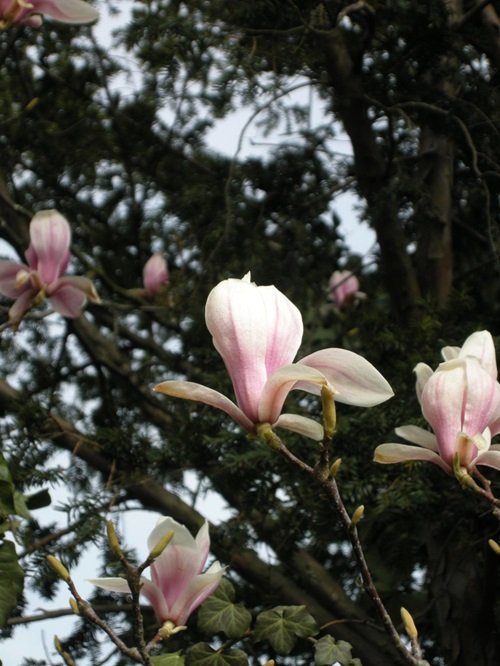
The Cucumber Tree is one of the largest magnolia species, capable of reaching heights of 60-80 feet. Native to eastern North America, this deciduous tree gets its name from its cucumber-shaped fruit. Unlike other magnolias, the Cucumber Tree’s flowers are not its main attraction. The blooms are small, greenish-yellow, and less showy. However, the tree’s impressive size and attractive, tulip-like leaves make it a valuable addition to large landscapes and naturalized areas.
Unique Feature: One of the few magnolia species with edible flowers. The buds can be pickled and used as a spice substitute.
Lily Magnolia (Magnolia liliiflora)
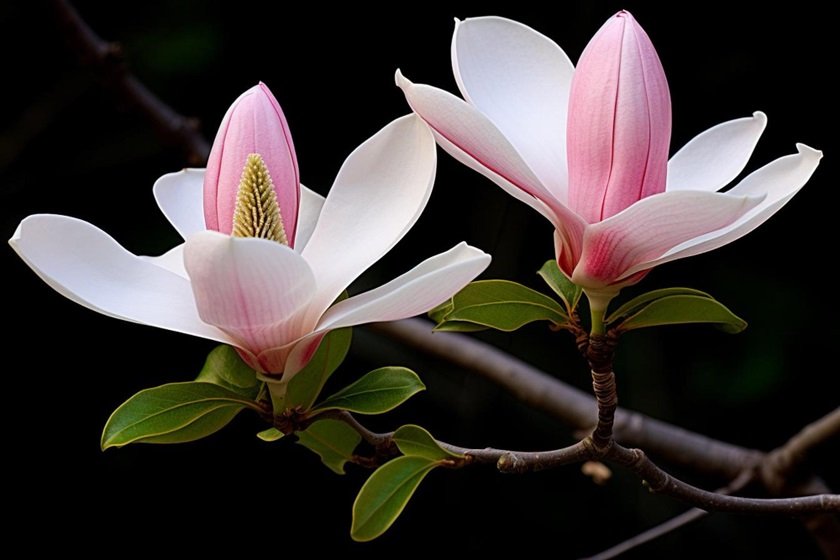
The Lily Magnolia, native to China, is a small, deciduous tree or large shrub that typically grows to 8-12 feet tall. Its standout feature is its deep purple, tulip-shaped flowers that bloom in mid to late spring. The Lily Magnolia’s compact size makes it suitable for smaller gardens, and it can be pruned to maintain a desired shape. This species is also used as a parent in many magnolia hybrids due to its vibrant flower color and hardiness.
Hybrid Power: Parent to many popular magnolia hybrids like ‘Susan’ and ‘Black Tulip’. Perfect for adding bold color to small urban gardens.
Bigleaf Magnolia (Magnolia macrophylla)
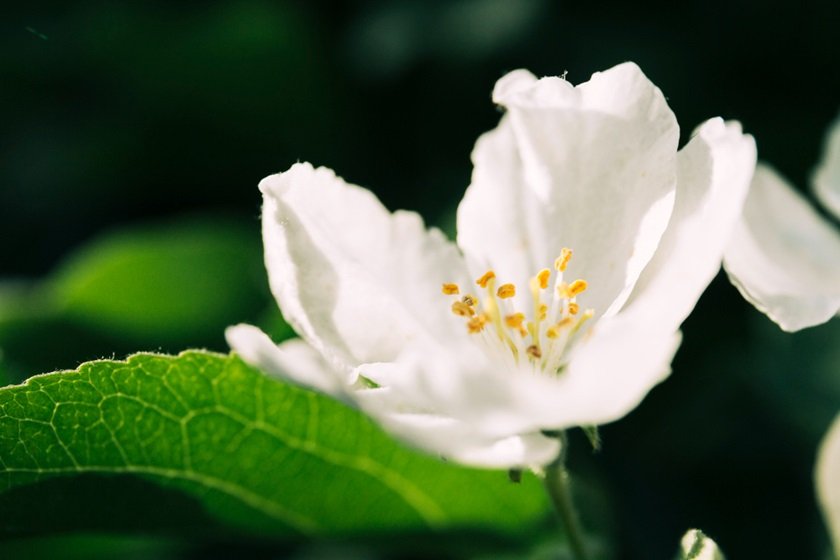
As the name suggests, the Bigleaf Magnolia boasts the largest leaves of any native North American tree, with foliage reaching up to 3 feet in length. This deciduous tree is native to the southeastern United States and produces large, creamy white flowers with a lemony scent. The Bigleaf Magnolia typically grows to about 30-40 feet tall and wide, making it a striking specimen tree for spacious gardens and arboretums.
Showstopper Quality: Creates instant tropical drama in Australian gardens. The enormous leaves make it a conversation piece, though it needs protection from strong winds.
Jane Magnolia (Magnolia ‘Jane’)
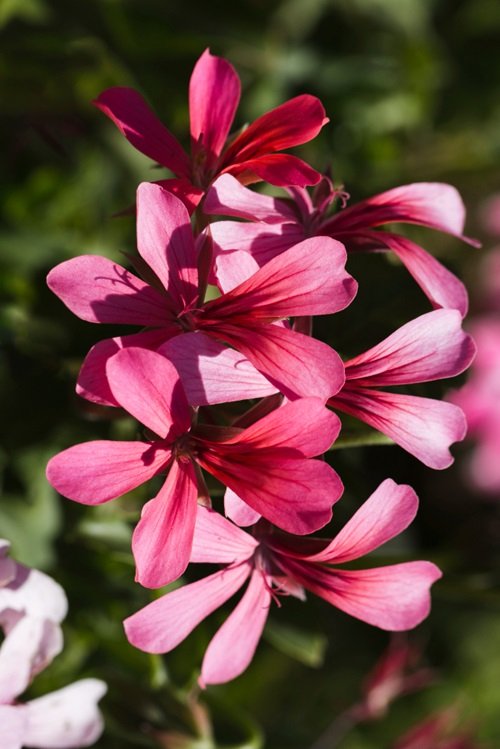
The Jane Magnolia is part of the “Little Girl” series of hybrid magnolias developed for their compact size and late-blooming flowers. This deciduous shrub or small tree grows to about 10-15 feet tall and wide, with deep purple-red, tulip-shaped flowers that bloom in late spring to early summer. The Jane Magnolia is an excellent choice for smaller gardens, providing vibrant color and a prolonged blooming period.
Urban Gardener’s Favorite: Ideal for small spaces, courtyards, or container growing. Blooms later than other magnolias, extending the flowering season in your garden.
Conclusion
The diversity of magnolia tree varieties ensures that there is a perfect magnolia for every garden and landscape. From towering Southern Magnolias to compact Star Magnolias, each species brings its unique charm and beauty. By understanding the characteristics and growing requirements of these different magnolia varieties, you can choose the ideal tree to enhance your garden and enjoy the timeless elegance of magnolias for years to come.
Final Tips for Australian Gardeners
- For coastal areas: Southern Magnolia tolerates salt spray
- In frost-prone regions: Star Magnolia offers the best cold tolerance
- For small spaces: Jane Magnolia or Lily Magnolia are perfect compact choices
- Want year-round foliage? Southern Magnolia is your best evergreen option
FAQs:
The best type of magnolia tree depends on your climate, space, and aesthetic preferences. Popular choices include the Southern Magnolia (Magnolia grandiflora) for its large, fragrant flowers and evergreen foliage, and the Star Magnolia (Magnolia stellata) for its stunning early spring blooms.
In Australia, common varieties include the Southern Magnolia (Magnolia grandiflora), the Japanese Magnolia (Magnolia liliiflora), and the Star Magnolia (Magnolia stellata). Each variety offers unique characteristics such as flower color, blooming season, and size.
Yes, the native Australian magnolia is known as the Port Wine Magnolia (Michelia figo). It is prized for its small, fragrant flowers that resemble the scent of port wine.
The Saucer Magnolia (Magnolia × soulangeana) is often considered the most stunning due to its large, tulip-shaped flowers in shades of pink, purple, and white, which appear in early spring.
The Star Magnolia (Magnolia stellata) is one of the easiest to grow due to its adaptability to various soil types and its resistance to pests and diseases. It is also smaller in size, making it suitable for various garden spaces.
The Star Magnolia (Magnolia stellata) is among the hardiest, tolerating cold temperatures and various soil conditions. Its early blooming flowers and compact size make it a resilient choice for many gardens.
The Southern Magnolia (Magnolia grandiflora) is ideal for screening due to its dense, evergreen foliage and tall growth habit. It provides year-round privacy and adds a lush, green backdrop to any garden.
When choosing a magnolia tree, consider your climate, the tree’s mature size, and its blooming season. Evaluate the space available in your garden, soil type, and desired aesthetic to select a variety that will thrive and meet your landscaping goals.
The Southern Magnolia (Magnolia grandiflora) is the best choice for privacy due to its evergreen leaves and tall, dense growth. It forms an effective natural screen, providing both beauty and seclusion throughout the year.

